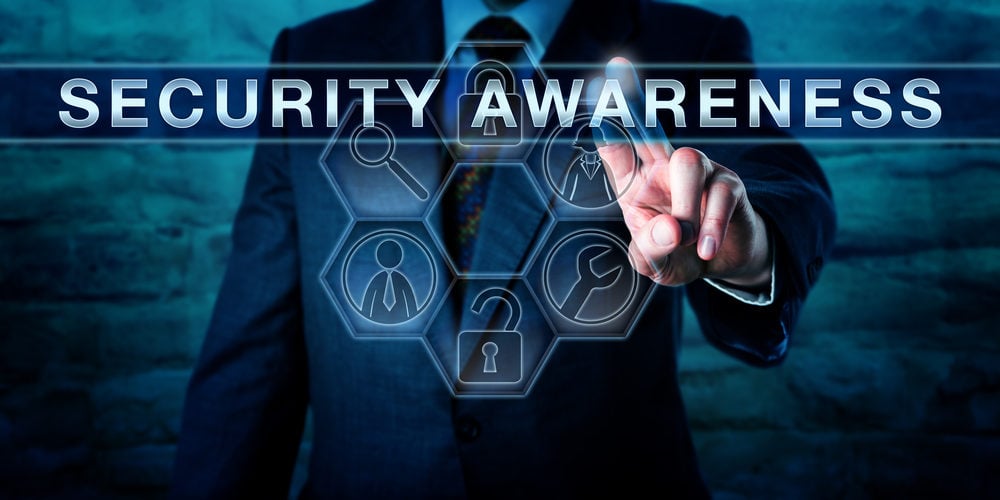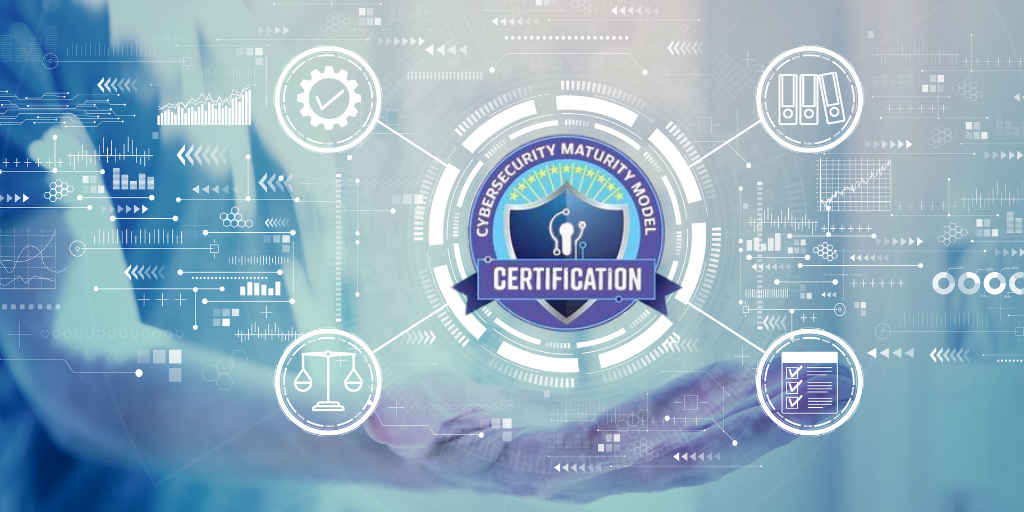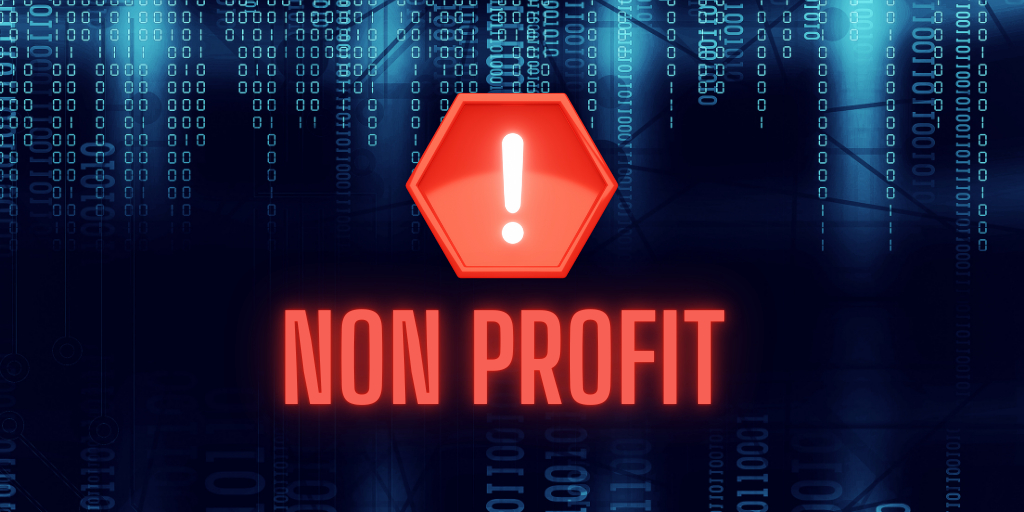Addressing CMMC Compliance Gaps for Small Businesses
Navigating the complex landscape of CMMC compliance can be a daunting task for small businesses, but with the right strategies, achieving and...

Likely during work hours, you have gone through the cybersecurity awareness training modules provided by your employer. You might have hoped to pass the training by getting just a few questions correct so you could get back to your actual work. It's possible that you even hated how much time it took out of your day and questioned whether it had any impact.
Cybersecurity awareness training can also be ineffective if it adopts a one-size-fits-all strategy and focuses on the wrong issues. Moreover, the training sometimes has a punitive emphasis when aiming to develop an authentic security culture. The fundamental goal of sound new strategies is to offer a discreet yet persistent method of reinforcing proper cyber hygiene.
However, even businesses that meticulously teach regular employees and have a good security awareness training program may neglect some parts of their workforce. One of the primary problems with digital security is that it only takes one malicious attachment to be opened or one malicious link to be clicked to do significant harm. Therefore, it is crucial to make sure that security awareness training is provided for all of your company's departments and divisions.
C-suite and executive level workers have access to the most private and lucrative information for hackers and scammers by their position in the company. Top management must therefore be knowledgeable about security awareness since they are more likely to be the target of an attack. In addition, new Securities Exchange Commission (SEC) security breach standards mandate that companies incorporate board of directors positions for strategy, risk management, and cyber security.
Independent contractors may operate remotely or in an office setting. They should be aware of the regulations and procedures outlined in security awareness training because they can still create a security risk in any scenario. Despite being particularly vulnerable to attack, remote employees are frequently overlooked. A secure connection and strong passwords, ideally with two-factor authentication, must be used by anybody with access to the system. Additionally, they ought to be able to distinguish between spoofing, phishing, and other types of attacks.
Part-time employees are not always present in the office and may easily miss training. Regarding security awareness training, however, out of sight should not always imply out of mind, notably if they have the same access as full-time workers. Naturally, this also holds true for interns, work-study employees, and anybody else who might be granted temporary access to systems or applications.
The significance of security awareness training for particular groups within your business can be all too often overlooked. Even the temptation to believe that training is only available to people with high-level clearance or access to sensitive information exists. But keep in mind that cybercriminals are constantly looking for gaps in security or simple ways to obtain data. Using lower-level staff, remote connections, or human mistakes (such as using weak passwords or forgetting to log out of accounts) instead of explicitly targeting high-value sectors is another option.

Navigating the complex landscape of CMMC compliance can be a daunting task for small businesses, but with the right strategies, achieving and...

In an increasingly digital world, non-profits are prime targets for cyber threats. You can just discover how a Virtual CISO can protect your...

Small businesses must prioritize secure messaging to protect sensitive information and maintain customer trust.